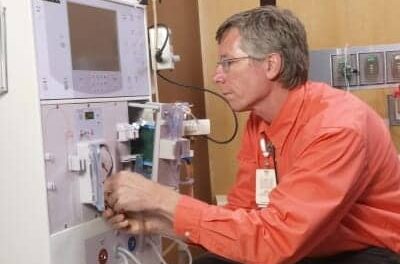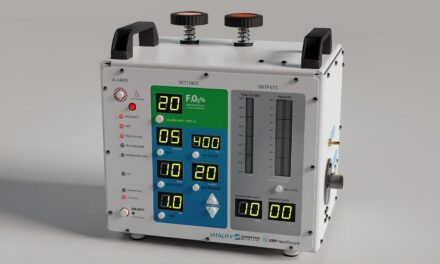Standards for cleaning and storing a variety of medical devices—such as flexible bronchoscopes and various endoscopes—has been updated to reflect global consensus of industry, clinicians, and sterilization professionals.
The improved guidance document, ANSI/AAMI ST91:2021, Flexible and semi-rigid endoscope processing in health care facilities, addresses new technologies as well as concerns about medical device cleanliness and patient safety.
“We really beefed it up,” says Mary Ann Drosnock, director of Clinical Affairs at Healthmark Industries and a member of AAMI’s Endoscope Reprocessing Working Group (ST-WG 84) since its inception. “We wanted to make sure that everybody’s voices were heard and that all comments were discussed and resolved properly. There was no question afterwards. This guidance is about patient safety and we have the data baked in to support it.”
Drosnock was joined by Garland-Rhea Grisby, an endoscope service manager for Kaiser Permanente in Northern California, in co-chairing ST-WG 84 and leading the ST91 revision effort. According to the co-chairs, this updated standard is the fruit of the combined work of medical device manufacturers, sterilization professionals, academics, physicians, nurses, hospital accreditation organizations, and the US FDA and other government agencies.
It is the sterilization professionals who are pushing for more stringent regulations and requirements in the interest of safety, even if it means more work within their department, Grisby said.
“When they want to introduce change in their facility that can improve safety, they might get pushback from leadership because there are few guidelines out there that say what they should do or how to do it,” says Grisby. “That’s why they need this document to back up and outline what needs to be done.”
The ANSI/AAMI ST91:2021 guidance document includes:
- Classification for high-risk scopes, such as bronchoscopes and ureteroscopes
- Updated guidance for drying of scopes, as well as proper storage and handling
- Recommendations against manual disinfection
- Guidance for testing water in automated endoscope re-processors (AERs) to avoid the final-rinse water re-contaminating the scopes
- Guidance for determining the length of storage, or “hang time,” that a scope can withstand before needing to be reprocessed
Drosnock and Grisby say the standard will always need periodic updates to ensure the state-of-the-art of sterile processing is keeping pace with changing technologies. However, an improved understanding of the sciences that drive sterility assurance are also important factors for identifying best practices.
“As an example, we now do not recommend that they disinfect scopes manually at all,” says Drosnock. “It used to be that you soaked the scope in a basin filled with disinfectant, and then you let it sit there. People thought ‘longer is better,’ but this creates fumes that are harmful to staff.”
She explained that this is a practice that is still widely seen in outpatient and office settings, “but we no longer recommend that in any setting,” after peer-reviewed studies showed the adverse impacts this practice may have on user health.
The standard, which is widely recognized as the state-of-the-art for hospital sterilization departments, has also been updated to account for outlier settings, such as surgery centers or physician offices. “This is really meant to be used in any healthcare setting that is reprocessing endoscopes,” says Drosnock.





